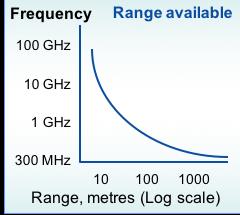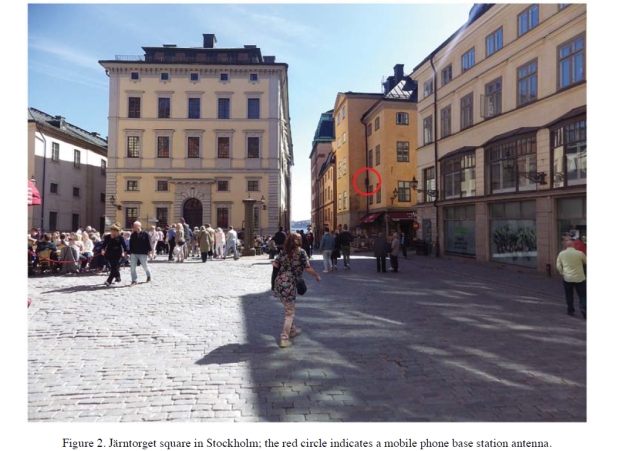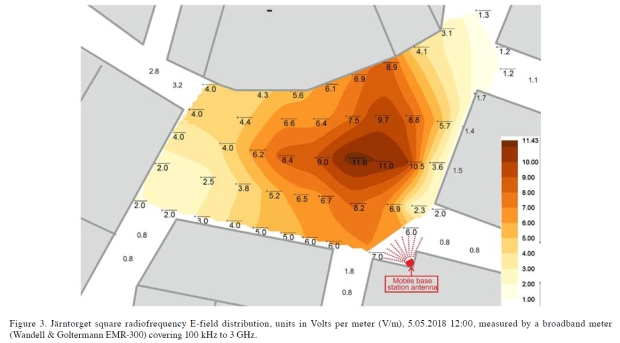5G Deployment, April 2019, EU – State of Play in Europe, USA and Asia
The report is available here.
Authors: Colin BLACKMAN and Simon FORGE
PE 631.060 – April 2019
5G will be three times more expensive
5G is driven by the telecom supply industry
Campaign to convince governments
Marketing hype is widespread
Get policy makers to believe that there is a race between nations
This is because the technologies involved with 5G are much more complex. One aspect, for example, that is not well understood today is the unpredictable propagation patterns that could result in unacceptable levels of human exposure to electromagnetic radiation.
Increasing long-term R&D efforts on 5G is essential to understand multiple propagation unknowns (e.g. measuring and controlling RF EMF exposure with MIMO at mmWave frequencies).
Focused beams: Rather than transmitting a wide area broadcast spread over a segment of the cell around a base station, an “active antenna” technique is used to form a set of steerable radio beams with power focused on a small area – the receiving handset.
Range declines with the square of frequency

Interference from weather (rain, snow, fog)
Trees, foliage, walls, buildings
Typical range 20-150 meter
Cell radius of 20 meter gives 800 base stations per square kilometer
Needs battery back-up
This dense network rollout will be costly, not just in terms of installations, but, also in the costs and delays in obtaining planning permission and any authorisation. So, for urban coverage with 5G small cells, it would be sensible for the EU member states to simplify and harmonise their authorisation permits and planning permission processes, to enable a standard EU approach to densification:
• Small cell standards are needed to give the EU a way forward for high quality outdoor and indoor cellular connectivity to support a light-touch regulatory regime, essential to ensure rapid rollout of perhaps hundreds of small cells per square kilometre.
5G Electromagnetic Radiation and Safety
Significant concern is emerging over the possible impact on health and safety arising from potentially much higher exposure to radiofrequency electromagnetic radiation arising from 5G. Increased exposure may result not only from the use of much higher frequencies in 5G but also from the potential for the aggregation of different signals, their dynamic nature, and the complex interference effects that may result, especially in dense urban areas.
The 5G radio emission fields are quite different to those of previous generations because of their complex beamformed transmissions in both directions – from base station to handset and for the return. Although fields are highly focused by beams, they vary rapidly with time and movement and so are unpredictable, as the signal levels and patterns interact as a closed loop system. This has yet to be mapped reliably for real situations, outside the laboratory.
EU member states are subject to Council Recommendation 1999/519/EC which follows ICNIRP guidelines, the problem is that currently it is not possible to accurately simulate or measure 5G emissions in the real world.
After technology capability, the key factor will be the ease with which a large number of small cells can be deployed in densifying the network.
In response, in line with EECC Article 57, the EU is crafting a regime for SAWAP deployment, aiming for permit-free installation from 2020 (small area wireless access points = SAWAP).
The level of marketing activity is key, with intense lobbying of governments by equipment suppliers and operators – and also of the public by governments.
Recommendation No 1:
Long-term technology research to solve multiple propagation unknowns with the new technology (e.g. measuring and controlling RF EMF exposure with MIMO at mmWave frequencies).


